WATER HEATING / ELECTRIC HEATING
COMPARISON WITH OTHER HEATING SYSTEMS
The big difference between an infrared heater and a conventional convection-based heater is the way heat is distributed. While infrared heating heats everything except the air, the opposite happens with convection-based heating.
The radiator heats the air against it, which rises up to the ceiling, steadily decreases in temperature on its way to the opposite wall, causing it to sink to the floor and finally return to the radiator. This causes air to circulate in the room, which heats the entire room air; this is called convection.
However, this well-known and widely used system also has a number of disadvantages that most people are not aware of:
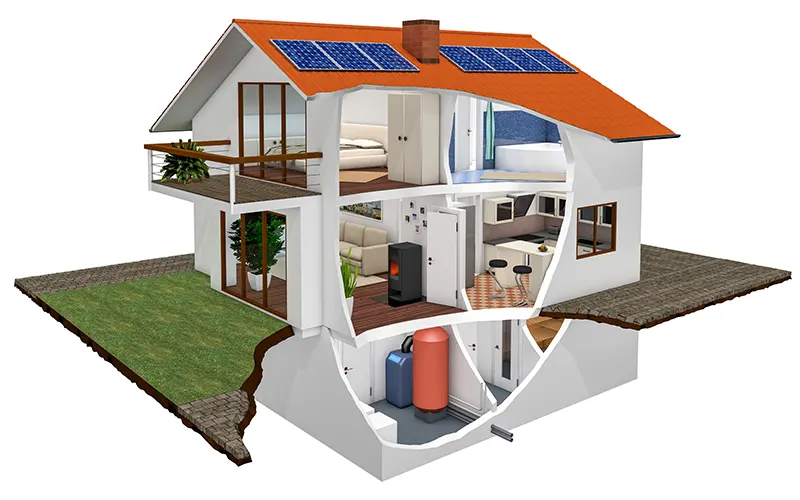

ROOM CLIMATE
Heating the air also changes the humidity. The result is dry heating air in winter. The consequences are drying out of the skin and mucous membranes. The risk of colds increases.
DUST TURBULENCE
To improve the efficiency of convection heating, radiators have an optimised design (with fins) to accelerate the air more and thus facilitate the creation of air circulation. A lot of dust is stirred up and distributed throughout the room - even in the air that is breathed in.
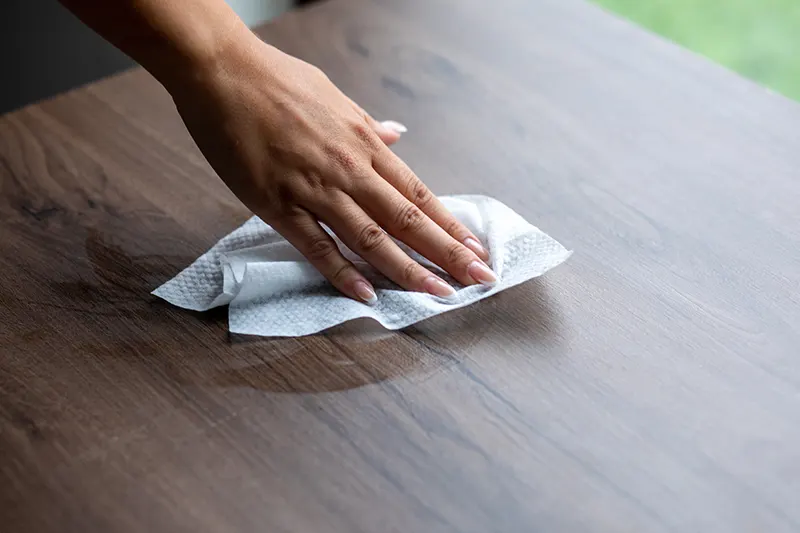

HOUSE DUST ALLERGY
However, not only dust is stirred up by the air circulation, but also the excrements of the house dust mites living there are distributed in the room. This is why people with house dust allergies have great problems, especially during the heating season.
MOISTURE
Warm air can absorb more moisture than cold air. If you take a cold bottle of water out of the refrigerator in summer, it will be covered with drops of water within a very short time. The reason for this is the condensation of the water vapour contained in the air: The water vapour always condenses at the coldest point in the room. In winter, this is usually the windows and walls in a house.
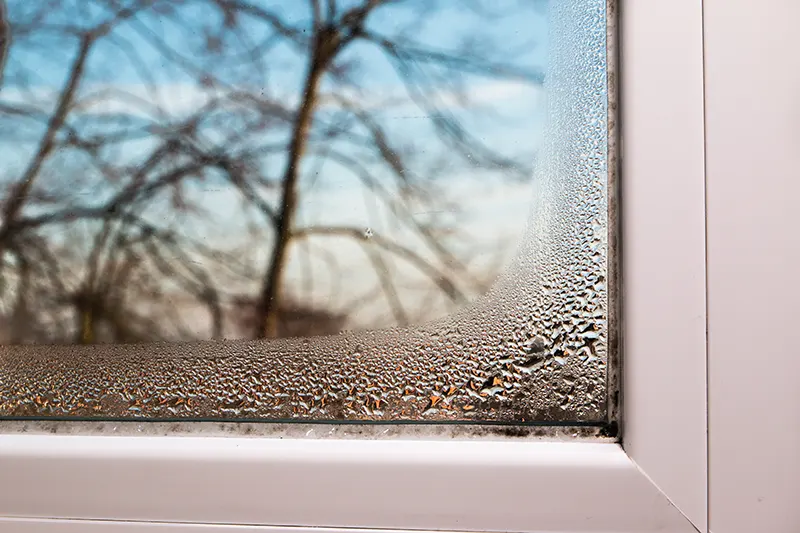

MOULD
The combination of warm air and moisture, for example on a wall, is the optimal living environment for mould. Black mould spores are naturally present in the air and are distributed throughout the room by air circulation. If the room is warm and the walls cold, they like to settle there and begin to thrive.
AIR LAYERING
The rising warm air and the sinking cold air create air layering with different temperature levels. This effect is colloquially known as "warm head and cold feet" and is perceived as uncomfortable.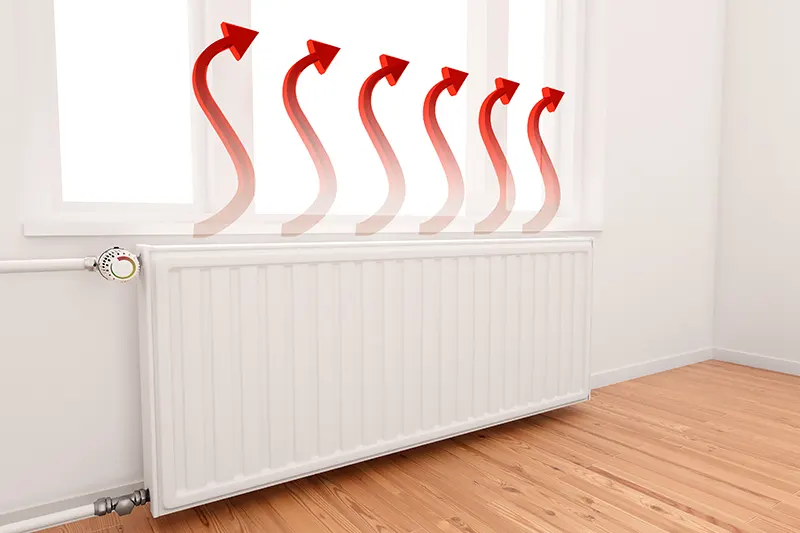
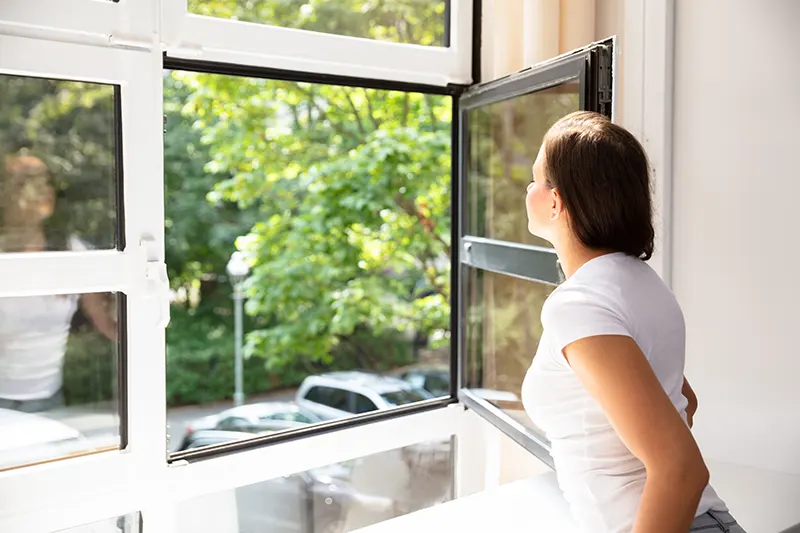
VENTILATION
A relatively large amount of effort is put into heating the air in a room (burning an energy source, heating water, transporting water to the radiator, etc.). However, for a comfortable indoor climate, regular ventilation is necessary and all the energy is lost in the process.
INERTIA OF THE SYSTEM
In winter, due to the inclination of the earth, the sun is lower than in summer, which means that it shines through windows particularly well and can heat up rooms. To avoid overheating, the radiator would have to be switched off. However, a radiator heats up for up to 30 minutes and needs about 10 minutes to come up to temperature when it is switched on again. This delayed reaction time is due to the fact that although water is a good heat accumulator, it releases this heat only slowly. Due to this delayed reaction, large amounts of energy are actually wasted during the heating period.

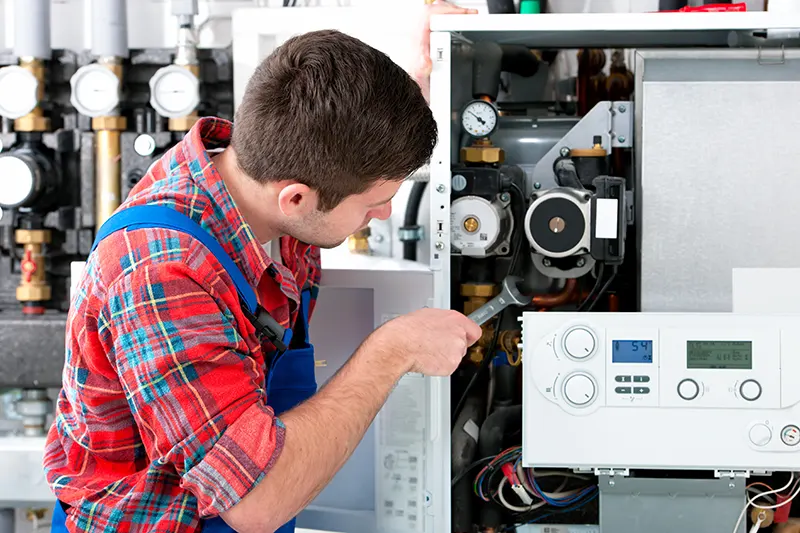
MAINTENANCE AND REPAIR
Such heating systems require annual maintenance to replace clogged filters, for example, and a visit from the chimney sweep. Not to mention the possible repairs that occur every few years due to wear and tear. In the end, annual maintenance costs remain.
ELECTRIC UNDERFLOOR HEATING
The principle of electric underfloor heating is relatively simple: a wire, similar to water underfloor heating, is laid under the floor covering. When current flows through it, it becomes extremely hot and thus heats its surroundings. This heating method is inefficient, however, because the hot wire must first bring all the gaps up to temperature before there is a noticeable increase in temperature. This technique is also very energy-intensive.
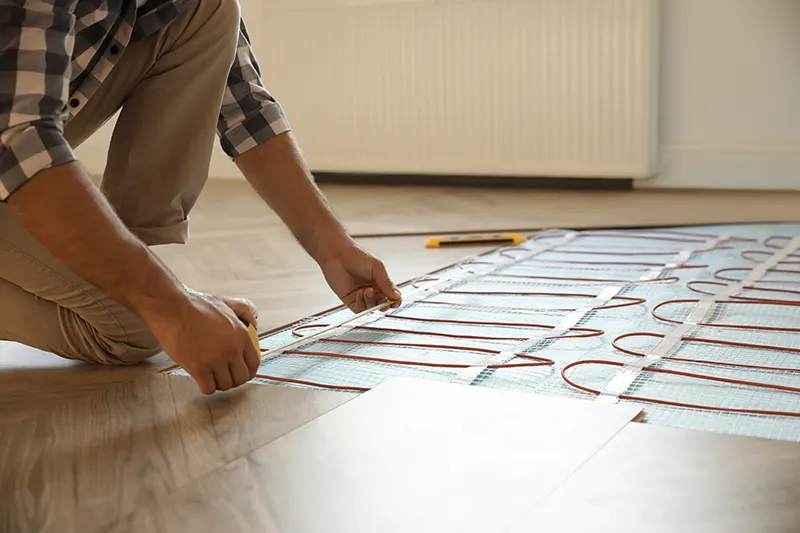

NIGHT STORAGE HEATER
With this type of heating, storage heaters are heated with cheaper "night-time electricity" ("low-rate electricity") and release their heat to the individual rooms, usually with the help of built-in fans. This heating method is also extremely inefficient and uneconomical. Therefore, a ban on this heating method is a recurring topic in politics.

